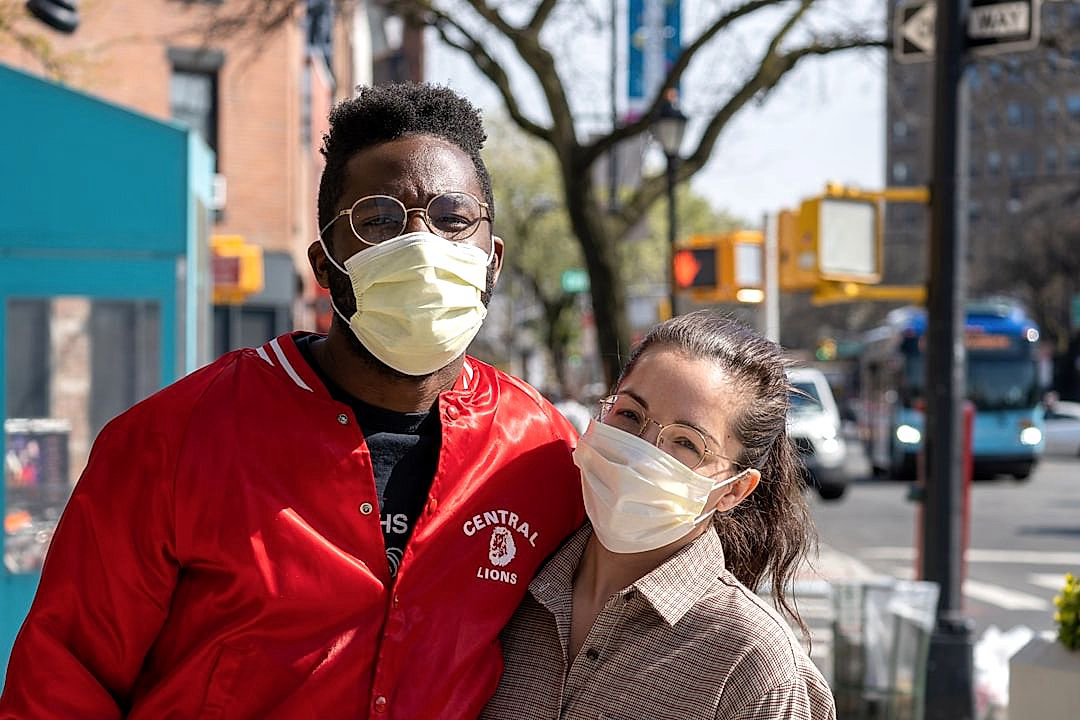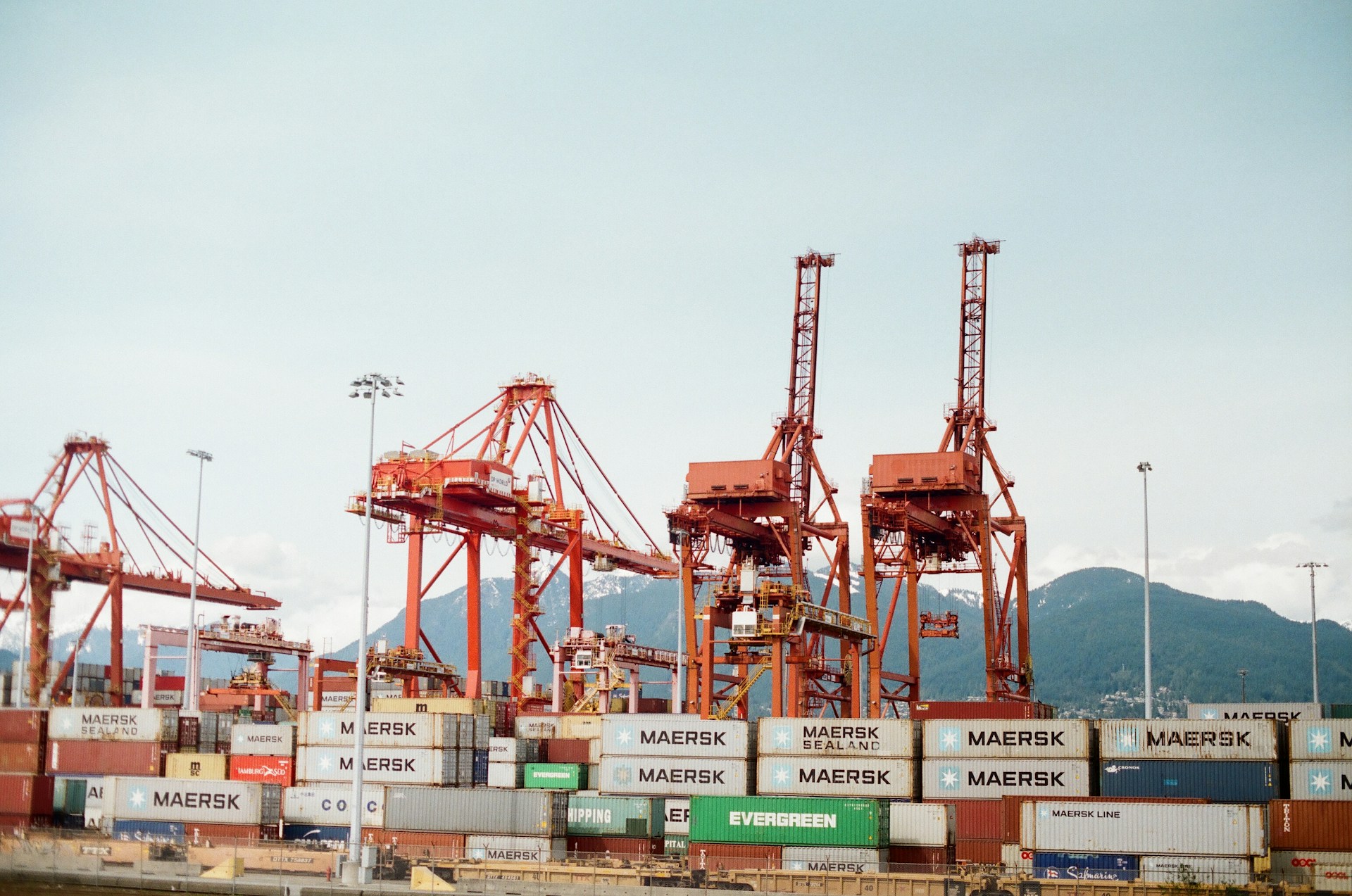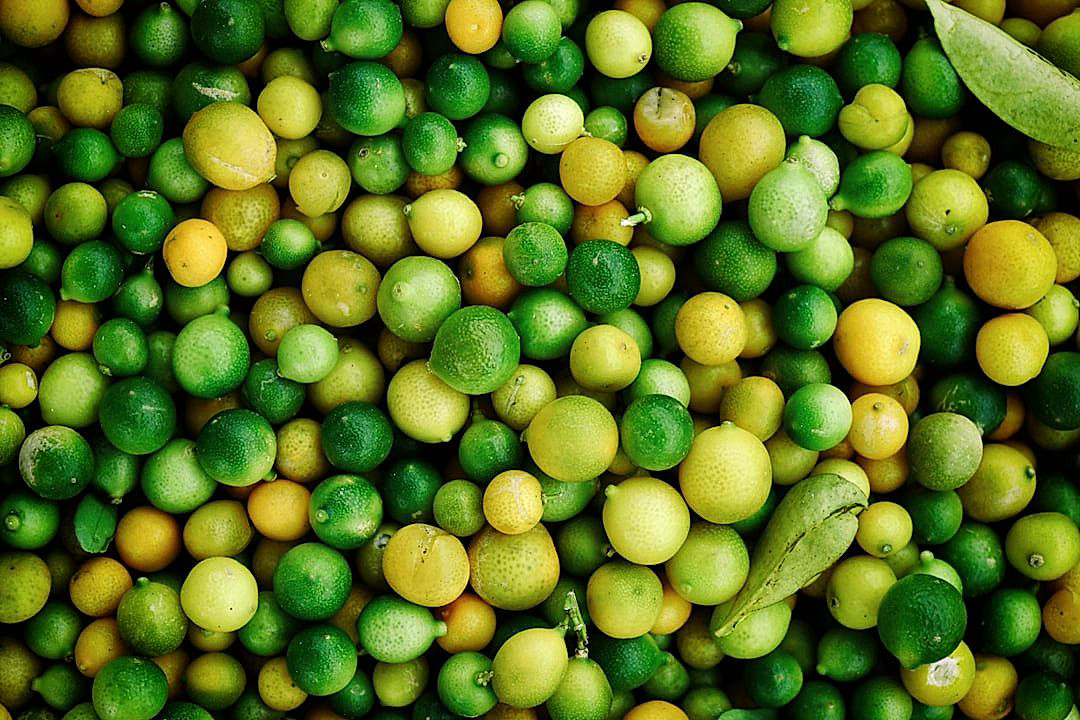The global pandemic has left an indelible mark on every aspect of life, including the realm of produce packing.
Like a domino effect, the onset of COVID-19 has restructured various industries around the world.
This piece aims to examine how the procedures and processes in the produce packing sector have undergone significant alterations in response to the health crisis.
To ensure safety and mitigate the spread of the virus, several new strategies and techniques have been adopted.
Additionally, these changes have also impinged on the market dynamics and operational costs within the sector.
Delving deeper into this topic reveals the extent to which the pandemic has revolutionised conventional produce packing.
Contents
Ways Covid-19 Has Changed Produce Packing
1. Enhanced hygiene measures in packing facilities.
The pandemic has necessitated extensive measures to maintain hygiene in various sectors, and packing facilities are no exception.
Packagers have had to introduce rigorous cleanliness protocols for efficient operation while ensuring the safety and hygiene of the workforce.
These enhanced hygiene measures extend not only to the physical spaces but also to the systems and methodologies employed in packing.
For instance, facilities have to make sure that work surfaces, tools, and equipment are regularly disinfected before, during, and after shifts.
Allocations are made for frequent sanitation and deep cleaning efforts throughout the packing facilities.
Naturally, the enhanced hygiene measures led to an increase in the use of disposable protective gear, such as gloves and masks, by employees in packing facilities.
Efforts to encourage hand hygiene, crucial to curbing the spread of COVID-19, have stepped up with the provision of hand sanitizer stations conveniently placed throughout the facilities.
Additionally, the packing facilities also ensure that restrooms and other communal areas are sanitized frequently and stocked with necessary hygiene materials.
Alongside these hygiene measures, each packing facility must conduct regular health checks and monitor the employees for any signs of illness.
These protocols have been responsible for significantly reducing the chances of any contamination occurring from the packing process.
It’s also notable that many facilities have incorporated contactless technology to minimize contact among workers and between workers and the produce.
The enforcement of these strict hygiene measures is subject to monitoring by health and safety regulators to ensure that packing facilities are following recommended procedures.
This strict focus on hygiene is a definitive response to the pandemic, essential in maintaining the integrity of the supply chain and consumer confidence in the safety of the produce.
Ultimately, these enhanced hygiene practices will likely remain foundational to packing facility operations moving forward, long after the COVID-19 pandemic has ended.
The effects of these measures are far-reaching and are instrumental in providing a safer, healthier work environment, directly contributing to the safety and quality of produce being packed.
2. Increased use of personal protective equipment.
Due to the COVID-19 pandemic, the use of personal protective equipment (PPE) in produce packing facilities has dramatically escalated.
This increment in PPE usage was primarily driven by a shift in the health and safety standards brought about by the pandemic.
Items such as masks, disposable gloves, and even full-body suits have become common features in these facilities.
It has not only been about the increase in the quantity of PPE used but also the quality of this equipment.
Not every type of mask or glove is deemed suitable for use in a produce packing environment, especially under a pandemic context.
All PPE must be certified and rated for use in this specific environment to provide an adequate level of protection.
Produce packing facilities have turned to sourcing higher-grade PPE, such as N95 respirators and FDA-approved gloves, to offer their workers maximum protection against the virus.
This has led to an increase in spending on PPE.
These facilities have also had to invest in training their staff on the correct use and handling of PPE.
Failure to properly use, remove or dispose PPE could risk contamination, therefore, strict guidelines have been established and enforced.
Additionally, social distancing measures may not always be feasible in certain packing processes, thereby heightening the importance of wearing PPE.
In situations where close contact is unavoidable, additional PPE may be required.
This could include wearing face shields, goggles, or protective coveralls.
The pandemic has triggered a quest for innovation in the produce packing industry to develop PPE that is not only protective and compliant with health standards, but also comfortable for workers to wear for extended periods.
From something that was previously considered optional or minimal, PPE has now become pivotal in the operations of a produce packing facility.
The increase in the use of PPE has become one of the most noticeable ways COVID-19 has changed produce packing.
3. Automation to reduce human contact with products.
In response to the COVID-19 pandemic, packing facilities for produce have seen a significant shift towards automation in an effort to reduce human contact with products.
This is due to the evidence suggesting that the virus can reside on surfaces, thereby increasing the risk of indirect transmission through handled goods.
A primary goal of automation in the packing facilities has been to reduce this potential risk.
By minimizing human contact with products through automation, we can create a safer working environment while also providing safer products to consumers.
One example of this automation is the use of robotic arms for the handling and packing of produce.
These machines are capable of performing tasks that would typically require human involvement such as sorting, washing, packaging, and even harvesting the produce.
Another example is the use of conveyor belts and automated sorting systems, enabling the efficient sorting and packaging of produce without the need for human contact.
A key benefit of these automation systems is that they can be programmed and monitored remotely, reducing the need for personnel in the facilities.
This not only reduces risk of transmission among the workers but also ensures that the produce is not contaminated during the packing process.
Automation also contributes to maintaining the desired level of packing speed and efficiency.
During a time when many businesses are struggling with workforce shortages due to the pandemic, automation provides a reliable and efficient alternative.
However, it’s important to note that the implementation of automation systems requires substantial investment and strategic planning.
Switching to automation is not an overnight task; it requires gradual steps and considerable time to integrate into the existing practices.
Despite the challenges, the transition towards automation has proven its worth in terms of safety and efficiency amid the crisis.
In a post-pandemic world, this move towards automation not only offers a solution to an immediate concern but also paves the way for a more resilient and efficient future for the produce packing industry.
4. Rigorous sanitizing of packaging materials.
The COVID-19 pandemic has necessitated rigorous sanitizing of packaging materials in the produce packing industry.
This measure is crucial in ensuring the safety of consumers who consume these products.
These cleanliness measures go beyond ensuring that the foodstuff is free from dangerous microorganisms.
They are also designed to ensure the foodstuff is free from the COVID-19 virus.
Keeping the produce safe from this virus helps in the broader fight against the pandemic.
It is noteworthy that the sanitizing process is not just a knee-jerk reaction to the pandemic, but a thorough, scientific approach informed by research and expert advice.
We must appreciate that not all sanitizing agents are suitable for food packaging materials.
The sanitizing agents used need to be food-safe and not alter or compromise the quality and taste of the produce.
Furthermore, the sanitizing process needs to be efficient to keep up with the high demands in the produce packing industry.
Therefore, companies have sought innovative ways to fast-track this process without compromising its effectiveness.
For instance, some companies have incorporated sanitization tunnels and antiviral coatings in their packing processes.
Other companies have invested in equipment that spray sanitizing agents on the packaging materials just before they are used to pack the produce.
There has also been increased scrutiny and verification of supplier cleanliness protocols to ensure that incoming packaging materials are already sanitized.
Rapid testing for COVID-19 in the packaging materials has also been adopted as a confirmatory measure of the effectiveness of the sanitizing processes.
Ultimately, the goal is to eliminate or significantly reduce any chance of the coronavirus contaminating the food products.
It is apparent that the rigorous sanitizing of packaging materials is a significant change the COVID-19 pandemic has brought to the produce packing industry.
5. Distanced Workers to Avoid Transmission
The necessity of requiring social distancing measures in produce packing facilities has become a key focus as COVID-19 continues to impact operations.
This involves the redesign of the workplace layout, implementing wider spacing between workers, and limiting the number of employees in communal areas.
It significantly reduces the likelihood of transmission between workers during their shift.
Worker distancing is not only applied during the packing phase, but also extends to break times and shift changes to ensure consistent distancing measures.
Modifying workflows has also proven effective where packing processes have been staggered, reducing the number of workers on the line at any one time.
Coordinating shifts and breaks, while ensuring physical distancing, can be challenging but essential in maintaining the safety of the workforce.
Another method used is the division of workers into teams or cohorts, so that contact is localized within these groups rather than widespread across the entire workforce.
This cohort method is instrumental in minimizing widespread shutdowns when a case of COVID-19 is detected.
Instead of having to quarantine the entire workforce, only the affected team needs to be sent home.
Employing these social distancing strategies safeguards the health of the workers and ensures the continuity of operations during this pivotal time.
The use of protective barriers has been adopted by many organizations, where physical distancing cannot be maintained.
These barriers, often made of plexiglass, protect employees when they are required to work in limited spaces.
Clear communication and training are also vital in maintaining these distancing measures and ensuring they are understood and adhered to by all workers.
While these measures may initially slow down packing processes, adaptation and ongoing improvements have allowed companies to uphold productivity.
The integration of technology also compensates for these changes, as automated processes reduce dependencies on human labor.
Overall, these distancing strategies have paved the way for a new norm in produce packing facilities, where health and safety remain uncompromised amid the pandemic.
The Bottom Line
The rigorous implementation of enhanced hygiene protocols in packing facilities is crucial in preventing the spread of infectious diseases.
The use of personal protective equipment has become increasingly important, shielding individuals from potential contaminants.
The introduction of automation is a significant stride towards maintaining minimal human contact with products, effectively reducing the risk of transmission.
Consistent sanitization of packaging materials is mandated, eliminating any potential pathogens.
It is also imperative to rearrange the workspace to ensure social distancing amongst workers.
All these strategies highlight the metamorphosis of packing facilities into safer environments and reveal a comprehensive approach to minimize the likelihood of disease transmission, safeguarding both employees and consumers.




